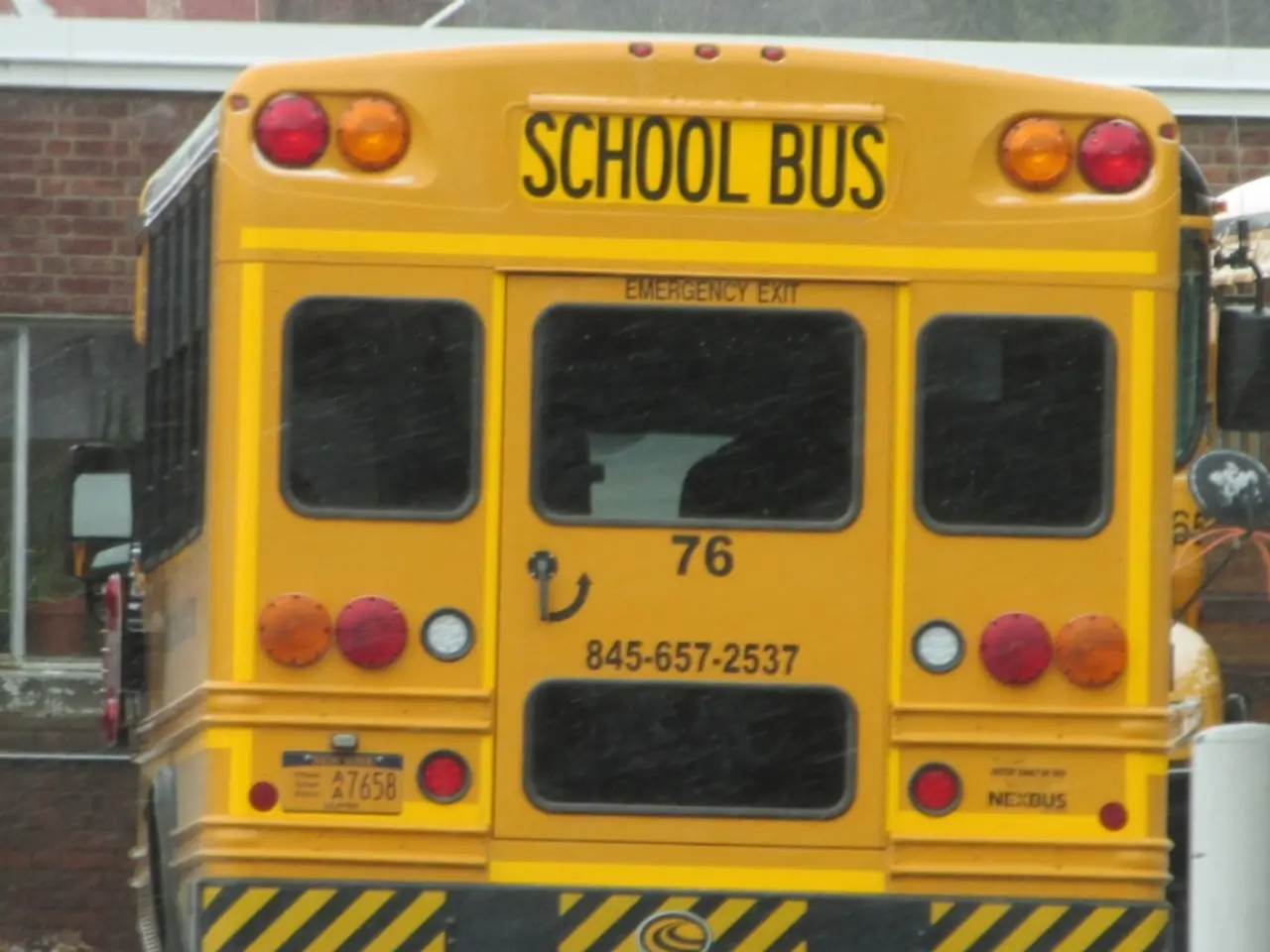Majority of Schools Belong to Government Yet Less Than Half of Total Student Enrollments Are Found in These Institutions
In a significant development for India's education system, the latest UDISE+ 2024-25 report presents a comprehensive overview of the conditions in which children learn, the resources available, and the disparities shaping educational outcomes.
Compiled by the Ministry of Education through its various state and district education offices, the UDISE+ report offers insights into the country's education landscape. The data for the report is voluntarily uploaded by schools with active UDISE+ codes, a system established in 2018-19.
One of the most promising trends in the report is the decline in dropout rates. Primary education dropout rates have fallen to just 0.3% in 2024-25, the lowest in nearly a decade, while secondary education dropout rates have dropped to 11.5%. These figures indicate a significant improvement in the retention of students in India's education system.
The report also reveals that more children are staying in school, with fewer children dropping out. This trend is reflected in the enrolment numbers, with more than 24 crore children walking into classrooms across 15 lakh schools in India.
However, the report also shows a shift in the distribution of students between government and private schools. In 2024-25, government schools account for less than half (49%) of the students, while private schools educate nearly 39% students. This trend is despite the fact that government schools outnumber private ones in India.
The number of teachers in both government and private schools has also seen changes. The number of teachers in private schools has significantly increased from 36.5 lakhs in 2020-21 to 39.6 lakhs in 2024-25. While the number of teachers in government schools has slightly increased from 49.3 lakhs in 2020-21 to 51.5 lakhs in 2024-25.
Despite the lower dropout rates, the report shows a decline in trust in government schools. This could be a concern for policymakers as they strive to improve the quality of education in government schools and bridge the gap with private schools.
The datasets covered in the UDISE+ report include enrolment by school type and level, number of schools by management, teacher strength, and key performance indicators like dropout, retention, and promotion rates. These datasets are clean, structured, and ready-to-use, and can be downloaded from Dataful.
In conclusion, the UDISE+ 2024-25 report presents a mixed picture of India's education system. While there are promising trends such as the decline in dropout rates and the increase in enrolment, there are also concerns about the trust in government schools and the ongoing shift in student distribution between government and private schools. The report serves as a valuable resource for policymakers, educators, and researchers to understand the current state of India's education system and to work towards improving it.
Read also:
- Setting Up and Expanding Operations at a Soil Blending Facility
- Surveying the Scene: Legality, Drones, and American Anti-Terror Strategy
- Regional University's healthcare system strengthened through collaborative partnership with Chancellor Dr Fiona Hill
- Reminisced University Trustee David M. Flaum as a 'fervent advocate' for the University and community




